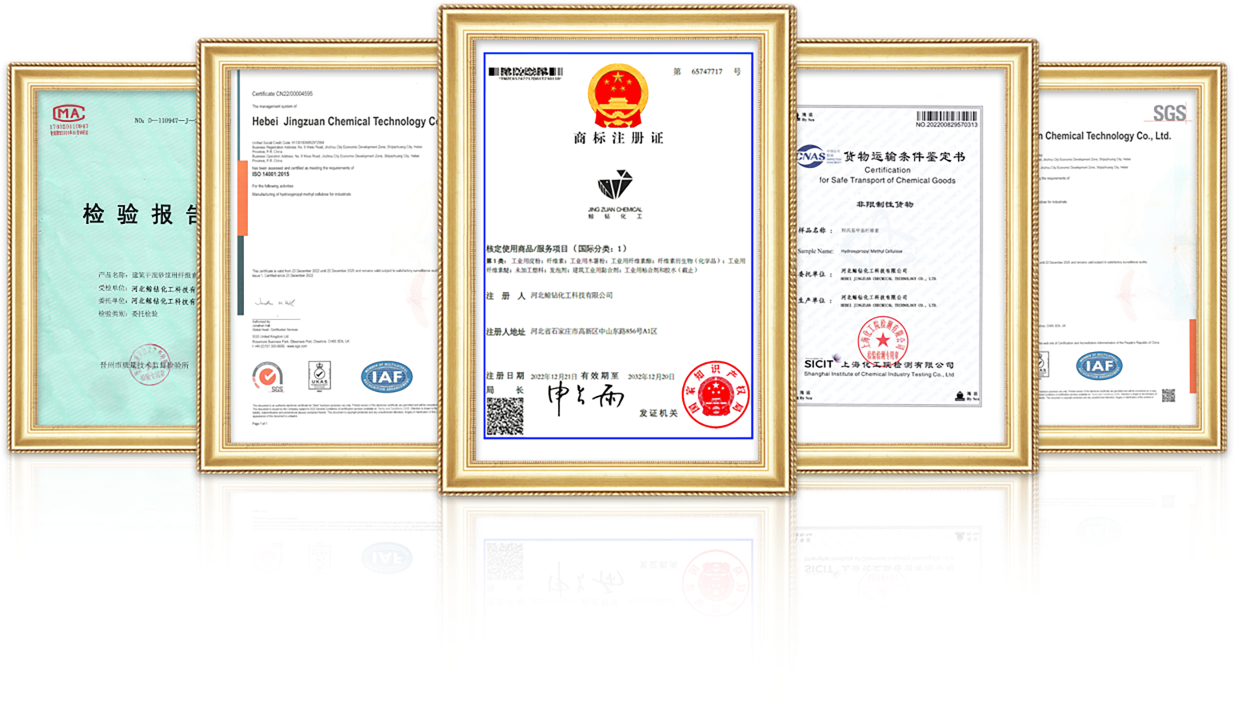
Nov . 10, 2024 09:55 Back to list
Optimal HPMC Applications in Gypsum Plaster for Enhanced Performance and Durability
The Role of HPMC in Gypsum Plaster Applications
Hydroxypropyl Methylcellulose (HPMC) is increasingly gaining recognition in the construction industry, specifically in gypsum plaster formulations. As a cellulose ether, HPMC serves multiple purposes that enhance the performance, workability, and durability of gypsum plaster products. This article delves into the significance of HPMC in gypsum plaster applications, highlighting its benefits and implications for builders and manufacturers.
What is HPMC?
HPMC is a hydrophilic polymer synthesized from the cellulose obtained from plant fibers. It is commonly used as a thickening agent, binder, and film-forming substance in various applications, including pharmaceuticals, food production, and construction. When incorporated into gypsum plaster, HPMC plays a crucial role in improving the final product's performance.
Enhancing Workability
One of the most notable advantages of incorporating HPMC into gypsum plaster is the improvement of workability. Gypsum plaster must be mixed, applied, and manipulated effectively to achieve a smooth and even finish. HPMC enhances the viscosity of the plaster mixture, enabling better control during application. This can lead to extended open time, allowing workers more flexibility to work with the material without risk of premature setting. This characteristic is particularly beneficial in large-scale projects where time management is critical.
Water Retention Properties
HPMC is well-known for its excellent water retention capabilities. In gypsum plaster, adequate moisture retention is vital to ensure proper hydration and curing of the gypsum. When HPMC is added, it helps prevent the rapid evaporation of water from the plaster surface, which can lead to cracking and poor mechanical strength. By maintaining the appropriate moisture level, HPMC enables gypsum plaster to achieve optimal curing conditions, resulting in stronger and more durable finishes.
hpmc for gypsum plaster

Improved Adhesion and Flexibility
Moreover, HPMC enhances the adhesion properties of gypsum plaster to various substrates, including concrete, cement board, and masonry. Strong adhesion is crucial for preventing delamination and ensuring the longevity of plaster finishes. HPMC improves not only the grip and bonding strength between the plaster and the substrate but also adds a degree of flexibility to the hardened plaster. This flexibility helps the plaster to better withstand minor structural movements and temperature fluctuations, reducing the likelihood of cracks.
Resistance to Shrinkage and Cracking
One of the inherent challenges with gypsum plaster is the tendency to shrink and crack as it dries. The incorporation of HPMC mitigates these issues by providing a more controlled drying process. The unique properties of HPMC create a more uniform distribution of moisture within the gypsum mixture. As a result, the plaster is less prone to uneven shrinkage, which is often a precursor to cracking. Construction professionals appreciate this benefit, as it translates to lower maintenance costs and improved aesthetic outcomes.
Environmental Considerations
In addition to its functional advantages, the use of HPMC in gypsum plaster aligns with increasing environmental awareness in the construction industry. HPMC is derived from renewable resources, and its incorporation into construction materials can help improve sustainability. By enhancing the performance of gypsum plaster, HPMC can contribute to more efficient use of materials and reduced waste on construction sites.
Conclusion
In summary, Hydroxypropyl Methylcellulose (HPMC) plays a critical role in enhancing the performance of gypsum plaster. Its ability to improve workability, water retention, adhesion, and resistance to cracking makes it an invaluable additive for manufacturers and builders alike. As the construction industry continues to evolve, the integration of innovative materials like HPMC not only optimizes product performance but also aligns with sustainable practices, making it a sought-after component in gypsum plaster formulations. As the demand for high-quality, durable building materials grows, the significance of HPMC in gypsum plaster applications will undoubtedly increase.
-
Unlocking the Benefits of HPMC Products: A Gateway to Versatile Applications
NewsAug.07,2025
-
Unleashing the Potential of HPMC Ashland: A Comprehensive Look
NewsAug.07,2025
-
Tile Bonding Cellulose: The Key to Superior Adhesion and Durability
NewsAug.07,2025
-
Hydroxypropyl Methylcellulose Powder: The Versatile Component in Modern Pharmaceuticals
NewsAug.07,2025
-
Hydroxyethyl Cellulose: The Versatile Solution for Various Industries
NewsAug.07,2025
-
Hydroxyethyl Cellulose (HEC): The Versatile Polymer for Various Applications
NewsAug.07,2025







